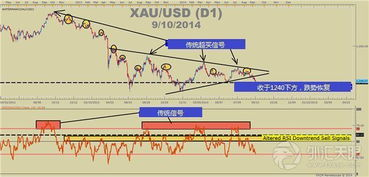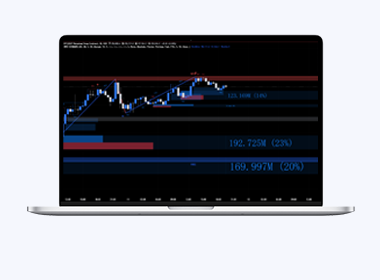In today’s digital era, metrics play a critical role in the evaluation and optimization of various platforms, especially when it comes to analyzing user engagement, performance, and growth. This article delves into the intricacies of the “metrics platform,” exploring its essential functions, integration strategies with other tools, and impact on decision-making. By dissecting its features, users and businesses alike can unlock the potential benefits of leveraging such platforms to enhance their operational efficiency, market presence, and overall user satisfaction.
Understanding the Core Functions of a Metrics Platform
Metrics platforms are designed to collect, analyze, and present data in a manner that is easy to understand and actionable for businesses. These platforms usually come with a diverse set of features including real-time analytics, customizable dashboards, and detailed reporting capabilities. They facilitate the collection of data from various sources, making it simpler for organizations to monitor vital statistics such as user engagement, conversion rates, and performance metrics. Integration with digital tools like social media, CRM (Customer Relationship Management
), and ERP (Enterprise Resource Planning) systems further enhances their utility, enabling the creation of a comprehensive data ecosystem that supports strategic decision-making. Through these platforms, businesses can identify trends, isolate the root causes of issues, and benchmark their performance against competitors, driving a more data-informed approach to business growth.
Strategic Integration with Other Digital Tools and Platforms
The effectiveness of a metrics platform significantly increases when synergized with other digital tools and platforms. This integration allows for the seamless flow of data across systems, providing a holistic view of business operations and customer interactions. Key to this process is the use of APIs (Application Programming Interfaces) and webhooks, which facilitate real-time data exchange and automation. For instance, integrating a metrics platform with an e-commerce website can help track customer journey analytics, from initial website visits through to purchase completion, providing valuable insights into consumer behavior and purchasing patterns. Similarly, integrating with email marketing platforms can offer insights into campaign performances, such as open rates, click-through rates, and conversion rates, thus enabling marketers to refine their strategies for better outcomes.
Impacting Decision Making: A Data-Driven Approach
Metrics platforms empower organizations to adopt a more data-driven approach in their decision-making processes. By providing access to real-time data and comprehensive analyses, these platforms help businesses to make informed decisions quickly, adjusting strategies in response to market dynamics, customer behavior, and operational efficiency. The key benefit lies in the ability to translate data into actionable intelligence, thus ensuring that decisions are grounded in solid evidence rather than intuition. This evidence-based approach can significantly increase the chances of success in various endeavors, from marketing campaigns to product development and customer experience enhancement. With the right metrics and analyses, businesses can also better forecast trends, identify new opportunities, and mitigate risks before they become critical issues.
Case Studies: Demonstrating the Value of Metrics Platforms
To understand the true impact of metrics platforms, consider the following case studies:
- Case Study 1: An e-commerce business implemented a metrics platform to track user behavior across their website. By analyzing data on page visits, dwell time, and cart abandonment rates, the company was able to identify friction points in the user journey. This led to several targeted website optimizations, resulting in a 25% increase in conversion rates within three months.
- Case Study 2: A SaaS (Software as a Service) company used a metrics platform to monitor customer usage patterns and feature engagement. The insights gained allowed the company to prioritize development resources towards the most utilized features, enhance user experience, and deploy targeted marketing campaigns. This strategic approach contributed to a 40% increase in user retention rate over six months.
- Case Study 3: A marketing agency integrated a metrics platform with their clients’ digital assets to track campaign performance across social media, email, and PPC (Pay Per Click) advertisements. The platform’s detailed analytics enabled the agency to optimize campaigns in real-time, doubling the ROI for their clients across multiple campaigns.
In conclusion, metrics platforms offer invaluable insights that can transform the way organizations operate, make decisions, and interact with their customers. By understanding and leveraging the core functions, integrating with other digital tools, and applying data-driven decision-making processes, businesses can significantly enhance their operational efficiency, market competitiveness, and customer satisfaction. The case studies highlighted underscore the tangible benefits and transformative potential of these platforms. As the digital landscape continues to evolve, the strategic importance of metrics platforms in driving business success will only increase.
版权:文章归 神灯指标 作者所有!
转载请注明出处:https://www.177911.com/1590.html



 微信扫一扫
微信扫一扫 













还没有评论呢,快来抢沙发~